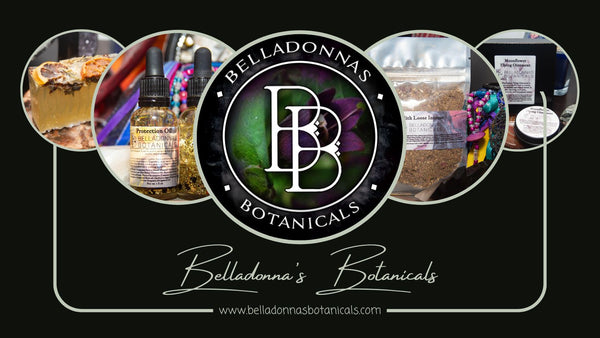What is a chemotype?
Chemotypes are variances of the chemical composition of certain essential oils extracted from one botanical species yet they vary in chemical compositions. They are not different species of the oil. Chemotypes occur when a plant produces a particular chemical in a higher than normal amount because of many environmental factors such as light, soil, temperature, moisture, climatic influence, altitude, insect activity, and geographic area.
Plants with different chemotypes: Rosemary, Thyme, Basil, Hyssop, and Niaouli. I will mostly be talking about Rosemary and Thyme for this blog post.
Rosemary
The three main chemotypes of Rosemary are camphor, cineole, and verbenone. Each has its own distinct aroma and therapeutic applications and safety.
Rosemary ct. camphor has GRAS status, although it can be neurotoxic, if taken orally, due to camphor content.
Rosemary ct. 1,8 cineole has GRAS status, although it can be neurotoxic, if taken orally, due to camphor content. Do not use near or on the face of infants and children.
Rosemary ct. verbenone has GRAS status, although it can be neurotoxic, if taken orally, due to camphor content.
Rosemary ct camphor
Rich in camphor, 1,8 cineole and supported by monoterpenes
Stimulates and increases energy
Can improve short term memory
Supports the circulatory system
Pain relief for problems including muscular aches and pains, cramps, spasms, and inflammation
Clears the mind
Rosemary ct cineole
Rich in 1,8 cineole and supported by sesquiterpenes.
Strong affinity with the respiratory system
It can be used as a muscular antispasmodic and pain relief
Stimulates mental function for the elderly who show impaired mental functioning
Indicated for chronic fatigue and general fatigue
Clears the Mind
Rosemary ct verbenone
Rich in monoterpene (a-pinene) supported by verbenone, camphor and bornyl acetate.
Used in skincare and haircare due to its regenerative abilities for oily or irritated skin
Strong affinity for the respiratory system
Relieves post-menopausal syndrome especially hot flashes, also useful for post-natal depression.
Restores psychological and emotional balance
Clears the mind
Thyme ct linalool
Effective systemic and topical anti-infectious agent
Stimulates the immune system and is used for respiratory ailments in children
Affinity with the respiratory system in general for coughs, sore throats, and inflammation
Supports the digestive system and relieves inflammation
Benefits inflamed skin conditions and infections
Helps with urinary tract infections
Thyme ct gerianol
Thyme ct. geraniol has pronounced antibacterial and antiviral effectiveness.
Relieves intestinal distress
Other uses include viral and fungal infections and bronchitis
Helps promote relaxation for sleeplessness
Thyme ct thymol
Broad anti-infectious spectrum of action
Lifts depression caused by fatigue and energizes the body
Used for chronic infections
Stimulates the immune system
It has many respiratory usages including: bronchitis, rhino-pharyngitis, sinusitis, respiratory infections
Pain relief for musculoskeletal inflammation
Digestive support for illnesses
Thyme ct borneol
Airborne disinfectant
Combats intestinal parasites
Pain relief for musculoskeletal inflammation
Respiratory benefits include relief from: bronchitis, sinusitis, infections, and other chronic conditions
Used for skin inflections
Helps with urinary tract infections
Thyme ct thujanol-4
Used for genitourinary infections and inflammation
Used for respiratory ailments including: bronchitis, sinusitis, rhinitis, flu, and the common cold.
May help lift depression



